As an Amazon Associate, I earn from qualifying purchases
In the rigorous environment of army basic training, every piece of equipment plays a crucial role, including your footwear. Regarding physical fitness activities like running, having the right pair of shoes can make a significant difference in performance, comfort, and injury prevention.
Physical Requirements for Army Basic Training
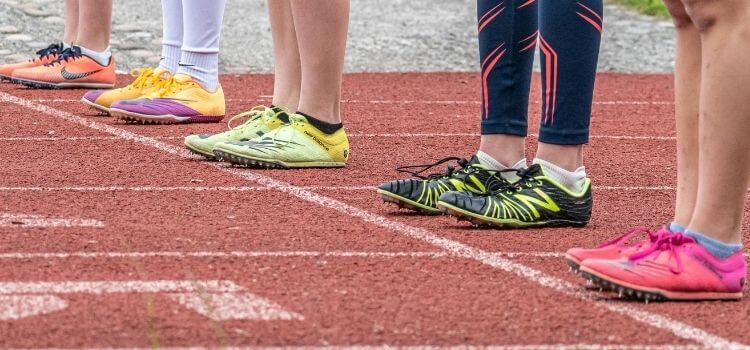
Army basic training demands recruits to meet rigorous physical standards ensuring readiness for military service. This includes strong cardiovascular endurance, which is crucial for long marches and endurance exercises. Recruits also need to build strength and muscular endurance to carry gear and complete physical tasks efficiently.
Maintaining flexibility and mobility is vital to prevent injuries and enhance performance. Meeting specific height, weight, and body fat percentage requirements is essential. Recruits undergo the Army Physical Fitness Test, assessing abilities in push-ups, sit-ups, and a two-mile run.
Characteristics of Ideal Running Shoes
1. Durability and Ruggedness: Ideal running shoes should be constructed with durable materials to withstand the rigors of training and varying terrains.
2. Support and Stability: They should offer ample support to minimize the risk of injuries, especially to the ankles and feet, and promote stability during physical activities.
3. Breathability and Moisture-Wicking Properties: Running shoes should have breathable materials and moisture-wicking properties to keep the feet cool and dry, reducing the risk of blisters and discomfort.
4. Traction and Grip: They should feature reliable traction patterns to provide steady footing on different surfaces, ensuring confidence and safety during runs.
Considerations for Army Basic Training
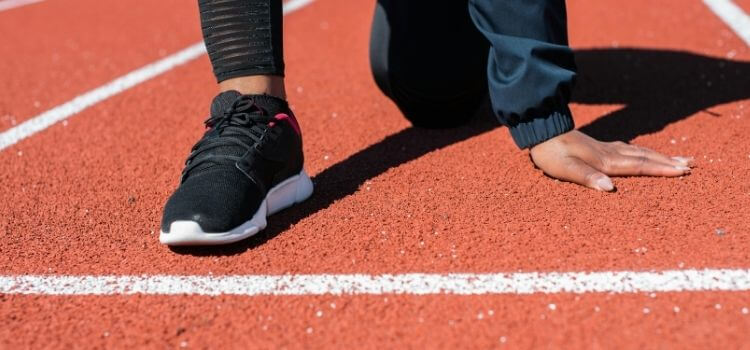
When selecting running shoes for army basic training, consider factors such as the terrain you’ll be training on, weather conditions, and uniform regulations. These factors can influence your choice of footwear and ensure that you’re prepared for all training conditions.
Top Running Shoes for Army Basic Training
1. Nike Air Zoom Pegasus 37: With its versatility and cushioning, the Pegasus 37 offers durability and comfort, making it ideal for the rigors of basic training.
2. Adidas Ultraboost 21: Known for its energy-returning cushioning and supportive design, the Ultraboost 21 excels in traction and performance on various surfaces.
3. New Balance Fresh Foam 1080v11: Featuring plush cushioning and a breathable upper, the Fresh Foam 1080v11 provides exceptional comfort and support for long training sessions.
4. ASICS Gel-Nimbus 23: Engineered for long-distance running, the Gel-Nimbus 23 offers superior cushioning and stability, ensuring comfort during intense workouts.
5. Brooks Ghost 13: With its balanced cushioning and smooth ride, the Ghost 13 provides reliable support and traction, making it suitable for diverse terrains encountered in basic training.
Features of Each Recommended Shoe
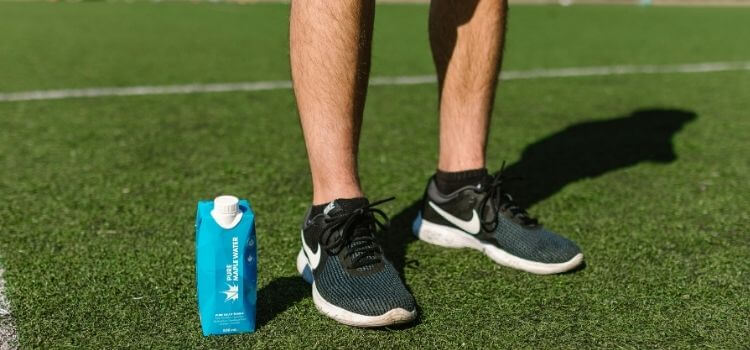
Each recommended shoe boasts unique features such as construction, cushioning, traction, and breathability. Understanding these features can help you choose the shoe that best suits your needs and training environment.
Tips for Selecting the Right Running Shoes
When selecting running shoes for army basic training, prioritize proper fit, arch support, and pronation control. These factors ensure that your shoes provide the necessary support and comfort to prevent injuries during training.
Importance of Break-in Period
Before starting army basic training, it’s essential to break in your running shoes to avoid blisters and discomfort. Gradually increasing the duration and intensity of wear allows your shoes to mold to your feet and ensures a comfortable fit during training.
Caring for Your Running Shoes
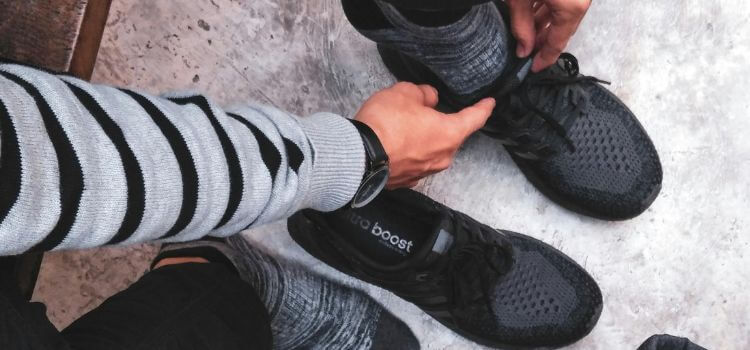
1. Cleaning: Regularly clean your running shoes to remove dirt, mud, and sweat buildup. Use a soft brush or cloth with mild soap and water to gently scrub the exterior. Utilize gentle, non-toxic solutions and soft materials to safeguard against any potential harm to delicate surfaces.
2. Drying: After cleaning, allow your shoes to air dry naturally at room temperature. Avoid direct heat sources such as radiators or hair dryers, as excessive heat can cause the materials to warp or shrink. Stuff the shoes with crumpled paper towels to help absorb moisture and maintain their shape.
3. Storage: Store your running shoes in a cool, dry place away from direct sunlight. Prevent exposure to damp or humid conditions to deter the proliferation of mold and mildew. Consider using a shoe rack or organizer to keep them off the floor and prevent dust accumulation.
4. Rotation: Rotate between multiple pairs of running shoes to prolong their lifespan and prevent excessive wear. Alternate between different pairs for different workouts or activities to allow each pair to fully dry and recover between uses.
5. Replacing Insoles: Replace the insoles of your running shoes periodically to maintain cushioning and support. Insoles can become compressed over time, leading to decreased comfort and performance. Consider investing in high-quality replacement insoles for added comfort and support.
6. Avoiding Extreme Conditions: Avoid exposing your running shoes to extreme temperatures, such as cold or scorching heat, as this can damage the materials and adhesives. Additionally, avoid wearing them for activities they’re not designed for, such as hiking or playing sports, to prevent premature wear and tear.
By following these simple care tips, you can extend the life of your running shoes and ensure they continue to provide optimal performance and comfort throughout your training and workouts.
Testimonials from Trainees
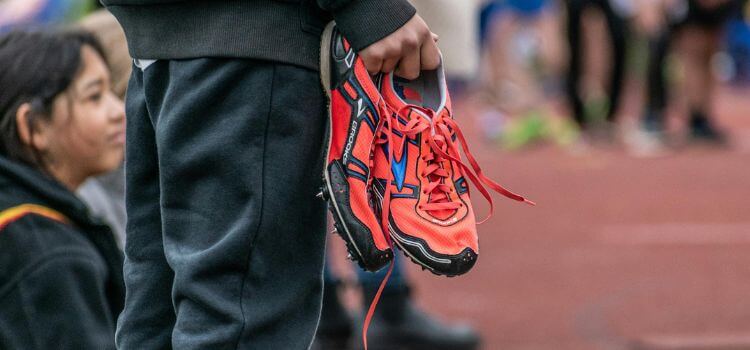
Real-life experiences from trainees who have used recommended running shoes can provide valuable insights into their performance and durability. Hearing firsthand accounts can help you make an informed decision when selecting your footwear.
Conclusion
Selecting the right running shoes for army basic training is crucial for ensuring comfort, support, and performance throughout the rigorous training program. Each recommended shoe offers unique features tailored to meet the demands of basic training, from cushioning and stability to traction and durability.
By investing in quality footwear that suits individual needs and preferences, recruits can optimize their training experience, reduce the risk of injuries, and enhance their overall performance. Remember, proper footwear is not just about comfort but also about safety and readiness for the challenges ahead.
FAQs
It’s recommended to replace your running shoes every 300-500 miles or when you notice signs of wear and tear.
Minimalist shoes may not provide adequate support and cushioning for the intense physical activities involved in army basic training. It’s best to opt for shoes specifically designed for running and training.
While expensive running shoes often come with advanced features and technology, the best shoe for you ultimately depends on your individual needs and preferences. It’s essential to prioritize comfort, support, and durability over price.
Yes, many running shoes are compatible with custom orthotics. Look for shoes with removable insoles to accommodate your orthotic inserts.
If you experience swelling during training, consider wearing shoes with a wider toe box or adjustable lacing systems to accommodate fluctuations in foot size.
As an Amazon Associate, I earn from qualifying purchases

Leave a Reply